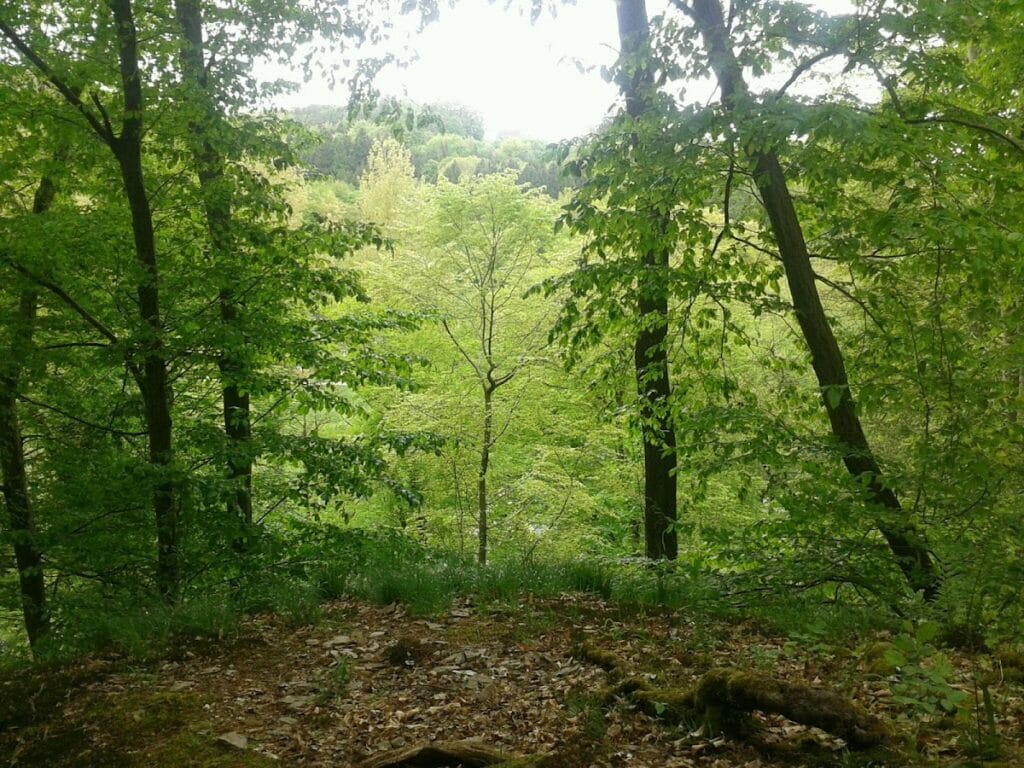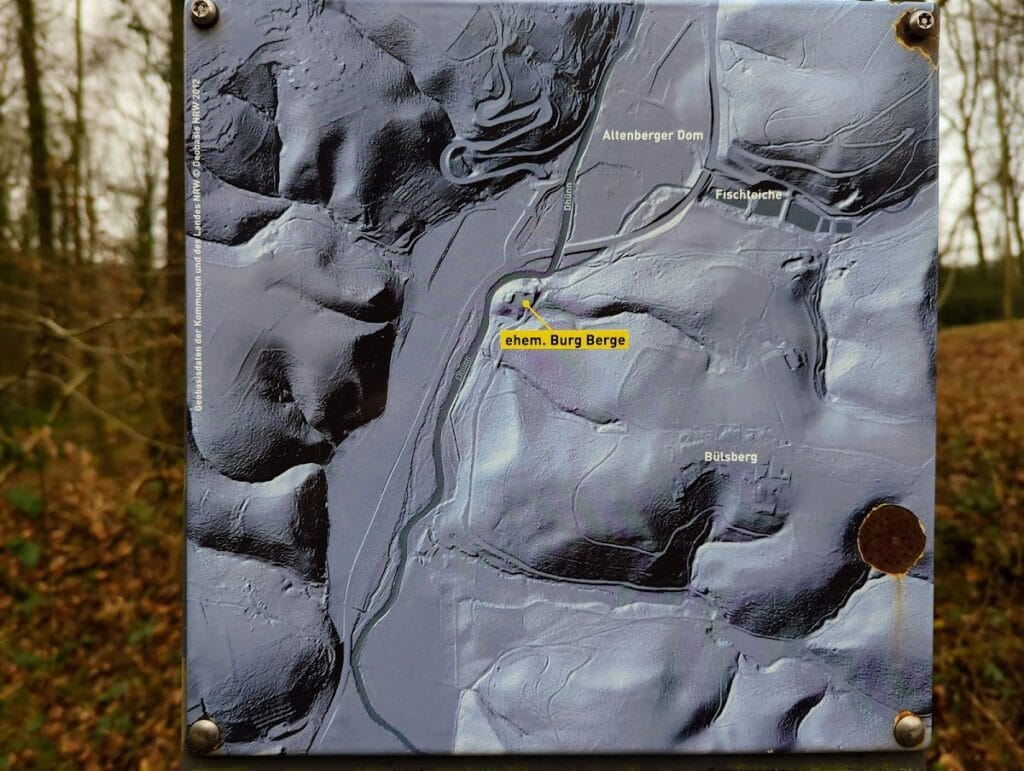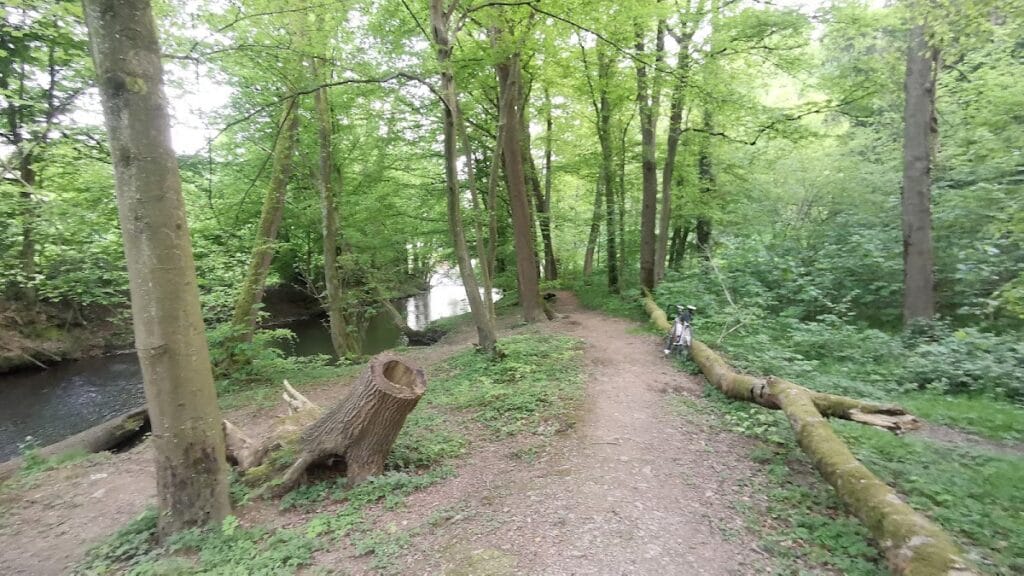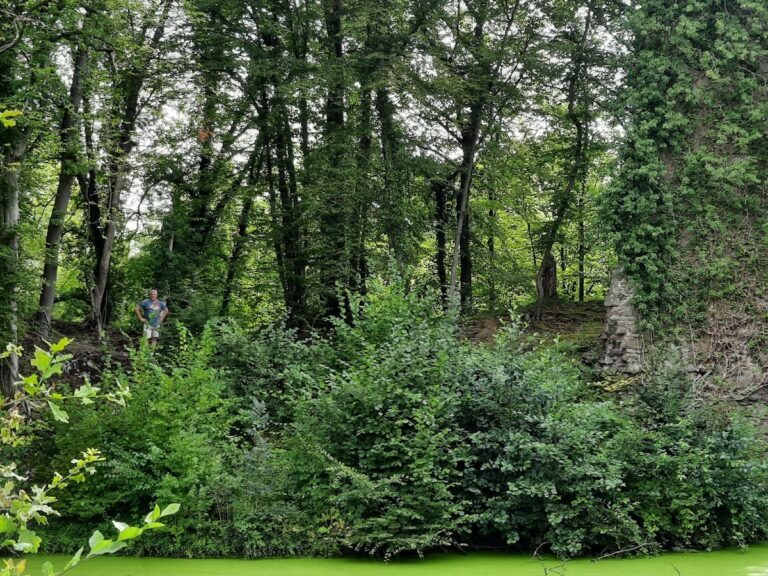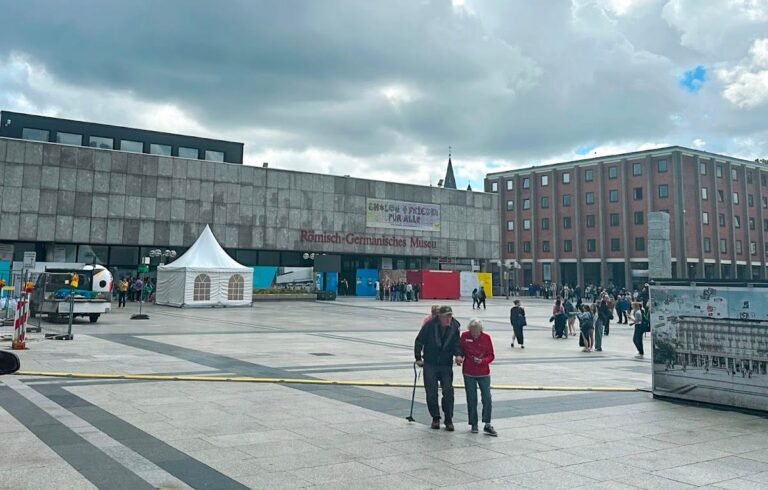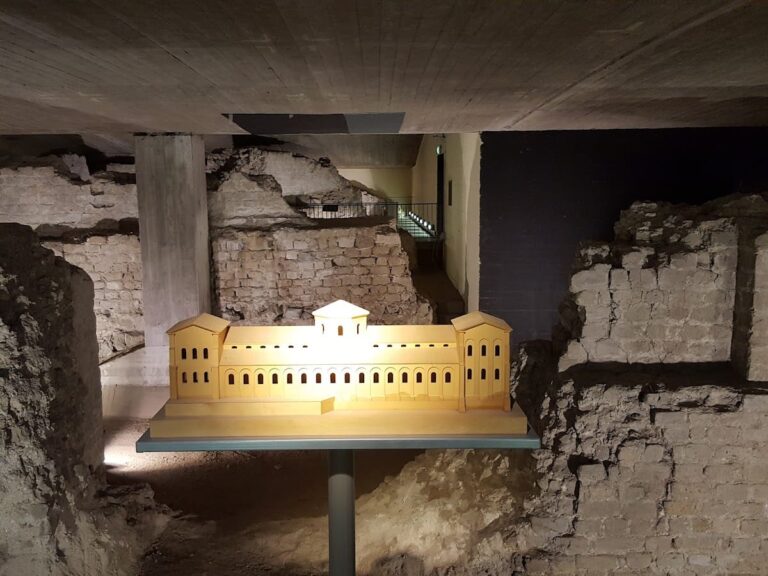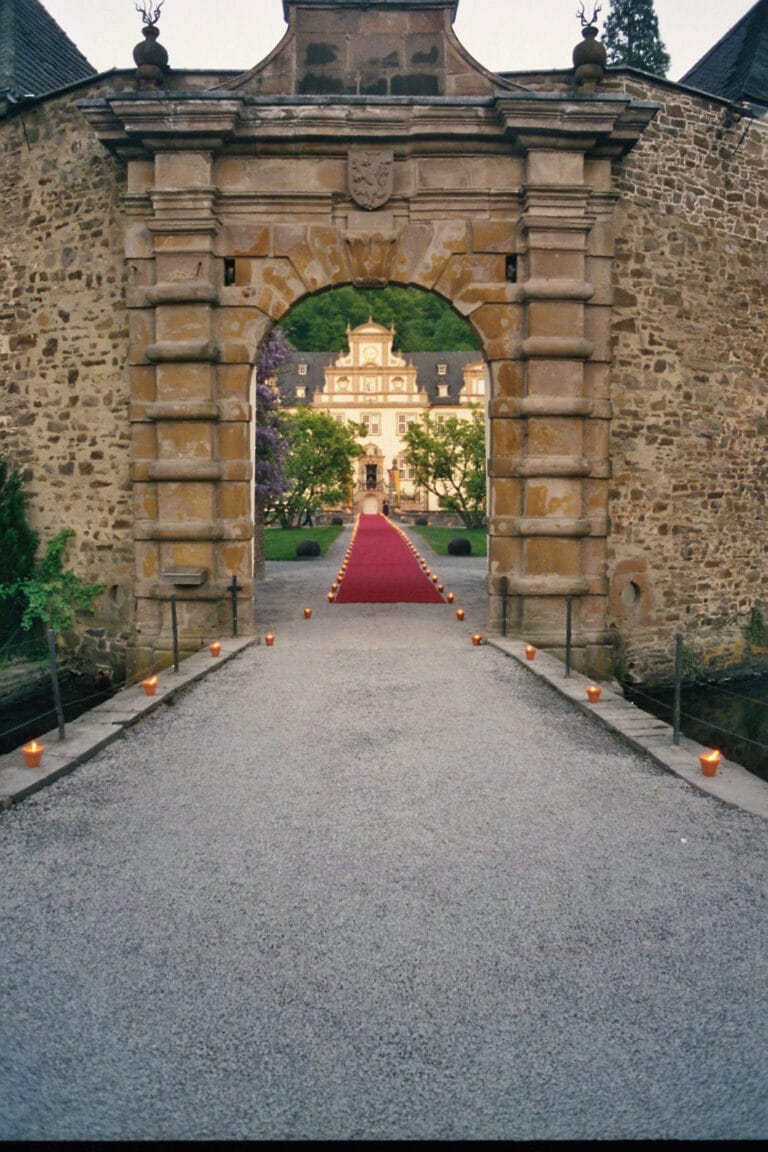Burg Berge: A Medieval Fortification and Noble Residence in Odenthal, Germany
Visitor Information
Google Rating: 4.3
Popularity: Low
Google Maps: View on Google Maps
Official Website: www.lugev.de
Country: Germany
Civilization: Unclassified
Remains: Military
History
Burg Berge is a medieval fortification located near the present-day community of Altenberg, within the municipality of Odenthal, Germany. It was constructed by the early medieval nobility whose lineage came to be known as the Counts of Berg. This family was responsible for establishing the original seat of their power at this site during the 11th century.
The castle’s foundation dates back to around 1060 when the father of Adolf von Berg, who was later ennobled as count, likely oversaw its construction. Around 1080, the noble family began to use the name “de Berge,” meaning “from the mountain” in Latin as “de monte,” reflecting their association with the castle’s elevated location. In 1133 a significant transition took place when Count Adolf II and his brother Eberhard moved their residence to the new Burg Neuenberge situated along the Wupper River. This relocation marked a shift in the family’s center of power from the original fortress.
That same year, Adolf II and Eberhard took steps toward religious patronage by founding a monastery on the grounds of the old castle. Known as “Kloster zum alten Berge” or “Monasterium Sanctae Mariae de Berge,” it was intended to house twelve Cistercian monks from Morimond Abbey in the region of Brabant-Burgundy. Initially, the monks occupied what remained of the castle structures while they worked on enlarging the site, effectively doubling the plateau by building embankments on the southern slope.
However, the monastery’s stay at this location was brief. The Cistercian monks found more suitable conditions in the nearby Dhünn valley, prompting the relocation of their monastic complex. By 1145 the Altenberg monastery was sufficiently completed to consecrate its first church, with many building materials sourced from the dismantled fortress. After this date, Burg Berge ceased to function as a noble residence or monastic site, resulting in its gradual abandonment.
Archaeological investigations conducted in 1981 confirmed the castle’s precise location and offered an approximate layout of the original buildings. While no large, valuable items were uncovered—likely due to the site’s early desertion—smaller artifacts such as gaming pieces made of bone and ivory, a gilded pendant possibly linked to horse harnesses, coins, Italian tiles, and fragments of stained glass were recovered. These finds reveal that despite its abandonment, the castle once belonged to occupants of notable status.
Today, Burg Berge is legally protected as a registered archaeological monument within Odenthal, a testament to its role in the region’s medieval history and the origins of the Counts of Berg.
Remains
The remains of Burg Berge occupy a steep hillside adjacent to the Dhünn River, where the castle originally utilized two rocky hilltops each supporting structures, now reduced to fragments of walls. The surviving ruins consist primarily of rubble stone construction with traces of mortar, indicating the robust building techniques used in the 11th and early 12th centuries.
Historical accounts from the late 19th century describe a complex defensive system that included multiple ditches and ramparts extending over the northern slopes of the hill. Three principal ditches were noted at lengths roughly equivalent to 96, 100, and 112 paces, supplemented by two ramparts located behind the outermost ditch. These earthworks would have created formidable obstacles for any attackers approaching from the north.
Excavations conducted in 1981 revealed that a modern unpaved road now passes directly over where the castle’s moat once existed, a defensive trench that had been destroyed during road construction. The hilltop plateau corresponds to the area that formerly served as the courtyard. A natural rocky outcrop on this high ground is believed to have served as the foundation for the main residential building of the castle.
One of the site’s most distinctive features is an artificial mound topping the castle grounds, built with a substantial masonry base. This elevated structure is traditionally considered the namesake for both the Counts of Berg and the wider Bergisches Land region, its form carrying symbolic resonance. Beneath this raised platform, investigations have shown the outer walls survive underground, despite damage caused by illicit digging efforts.
Opposite the castle site lies a swampy area thought to be remnants of a pond. This may have been part of the castle’s defensive system, serving to hinder access and bolster security. The variety of artifacts found across the site, including bone and ivory gaming pieces, a gilded two-part pendant possibly related to horse harness decoration, coins, Italian ceramic tiles, and pieces of stained glass lead, indicate the occupants’ wealth and connections extending beyond the local region.
Overall, the remnants of Burg Berge provide a vivid glimpse into an early medieval fortified noble residence, revealing both its military design and its later associations with monastic foundations before falling into disuse.
